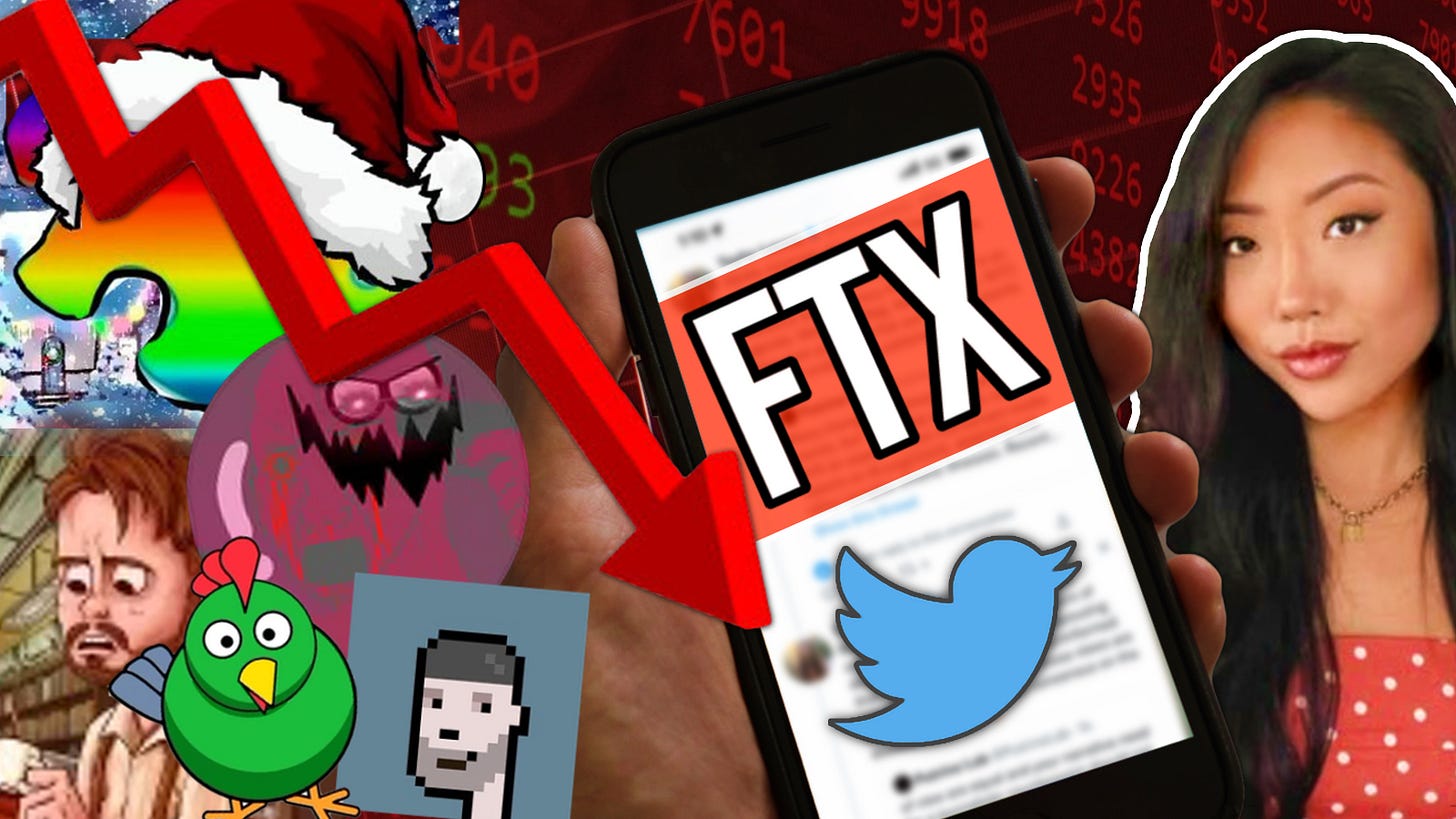Influencers outshine traditional media on coverage of FTX implosion
A group of online creators has skyrocketed to fame by covering every aspect of the meltdown, but some optimize for attention over accuracy.
A story I wrote a little while ago is out. Here’s the gist:
The story of how Sam Bankman-Fried, the 30-year-old founder of the crypto exchange FTX, misused billions of dollars while charming the media and becoming a darling of Washington, hasn’t upended just the crypto ecosystem. It has also served as a watershed moment for the business-news landscape, …


